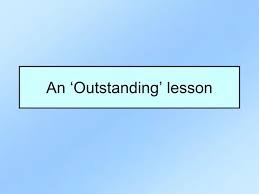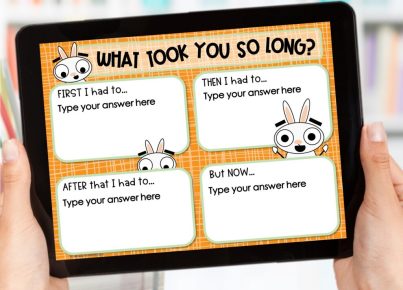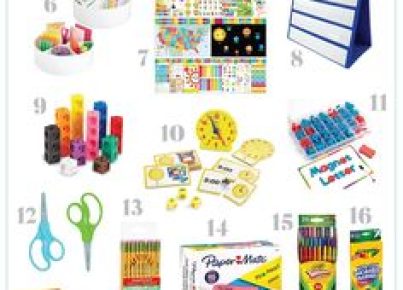Introduction:
Education plays a crucial role in shaping our society and the minds of future generations. One essential element in this process is delivering outstanding lessons that engage, inspire and challenge students to excel. This article will delve into the various aspects of an outstanding lesson, discussing the benefits, key components, and some practical tips for teachers striving for excellence in their classrooms.
The Benefits of an Outstanding Lesson:
Outstanding lessons have multiple advantages, benefiting both students and teachers alike. These lessons foster a love for learning, promote critical thinking skills, encourage a growth mindset and enhance the overall learning experience.
1. Engaging and Motivating: Exceptional lessons capture students’ interest right from the beginning and maintain their motivation throughout. This excitement promotes an eagerness to learn and an intrinsic desire for self-improvement.
2. Deep Understanding: Outstanding lessons are designed for knowledge retention, allowing students to master complex concepts through well-structured activities and discussions that illuminate different perspectives on a subject.
3. Enhanced Confidence: When students find success in comprehending and applying the material presented in an outstanding lesson, their self-confidence grows, making them more likely to take on new challenges.
The Key Components of an Outstanding Lesson:
Although each subject matter requires a unique lesson planning approach, several essential components can be incorporated into any outstanding lesson:
1. Clear Learning Objectives: Set specific, achievable goals for each lesson that align with your curriculum’s overarching aims. Communicate these objectives with your students so they understand what they’re working toward.
2. Lesson Structure: An effective lesson structure comprises a strong introduction, engaging activities, smooth transitions, opportunities to assess progress, and a meaningful conclusion.
3. Differentiation: Catering to diverse learning needs within the classroom is critical. Offer multiple modes of instruction (visual, auditory, kinesthetic) and varied activities that support different learning levels and styles.
4. Assessment for Learning: Utilize formative assessment methods throughout the lesson to gauge student understanding and inform adjustments as needed. This process ensures that the lesson remains relevant to students’ needs and maintains their engagement.
5. Making Learning Relevant: Contextualize your lessons by establishing clear connections between the subject matter and real-world applications. This relevance encourages students to see the value of their learning and fosters engagement.
Practical Tips for Teachers:
1. Be Organized and Prepared: Arrive early, set up your materials, and mentally prepare yourself for the upcoming lesson. Anticipate potential challenges that may arise and devise backup plans accordingly.
2. Make a Personal Connection: Create a positive classroom environment by showing genuine interest in your students’ lives, understanding their goals, interests, and concerns.
3. Be Enthusiastic: Be passionate about your subject matter and demonstrate enthusiasm for teaching. Positivity is contagious; when you’re excited about a topic, it’s easier for students to become engaged.
4. Encourage Student Collaboration: Promote cooperative learning opportunities where students work together on projects or tasks related to the lesson’s objectives.
5. Reflect on Your Practice: After each lesson, take time to review what went well, what didn’t, and plan necessary adjustments for future instruction.
Conclusion:
Creating outstanding lessons is paramount for teachers as they have a direct impact on student engagement, learning outcomes, and overall satisfaction in education. By consistently incorporating clear objectives, a well-paced structure with diverse activities catering to individual needs and employing ongoing assessments, teachers can elevate their craft and truly make a difference in their students’ lives.





